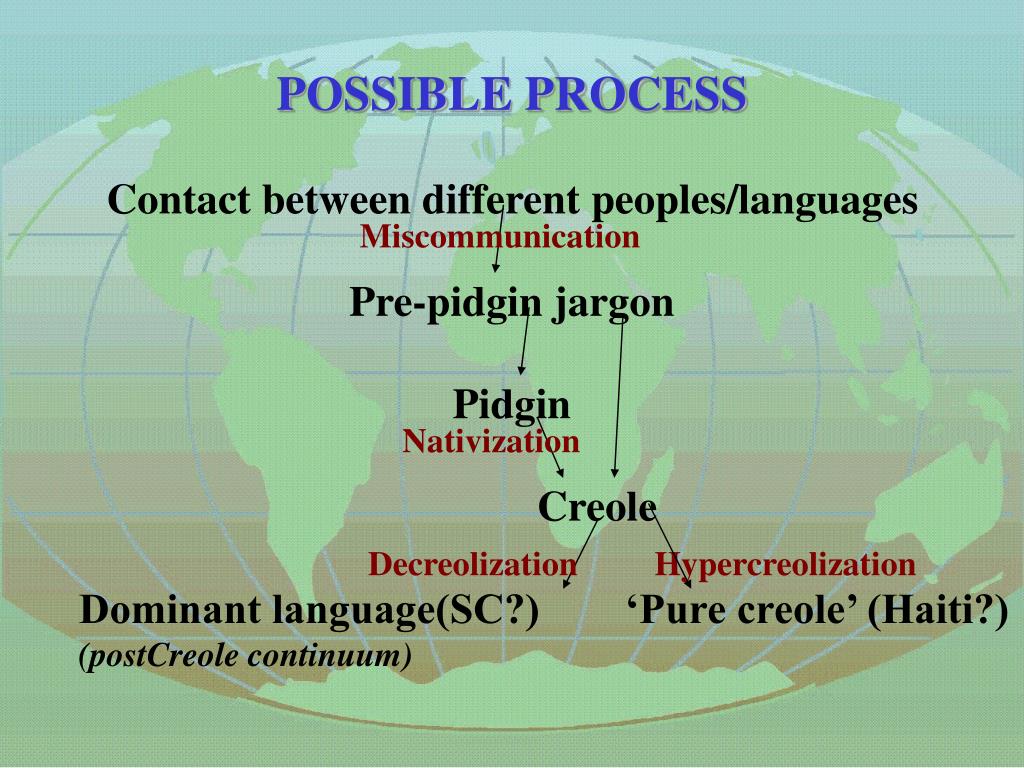

Lee, a linguist at the National University of Singapore, found that up to 96% of contact languages are either endangered or “dormant”, having lost the last known speakers, compared to the less than 50% of the circa 7.000 total. Nigerian Pidgin English, for example, is still spoken by an estimated 75 m people and allows speakers of over 500 tongues to communicate.Īn overview of the status of contact languages in the world carried out by Nala H. (1) Some contact languages are transitory others have persisted for hundreds of years. Many are closely connected to European colonial expansion and its accompanying slave trade, like Haitian Creole, Gullah Geechee, Jamaican Creole. From pidgins – forms of simplified speech – to the more mature, formalised creoles that have developed from them, contact languages exist all over the world. A recent article in BBC Future warns that these “linguistic mash-ups”, better known as “contact languages”, are at high risk of extinction. When groups of people who speak different languages come together, they sometimes create a new one, combining bits of each into something new that everyone can use to communicate easily. By Pisana Ferrari – cApStAn Ambassador to the Global Village


 0 kommentar(er)
0 kommentar(er)
